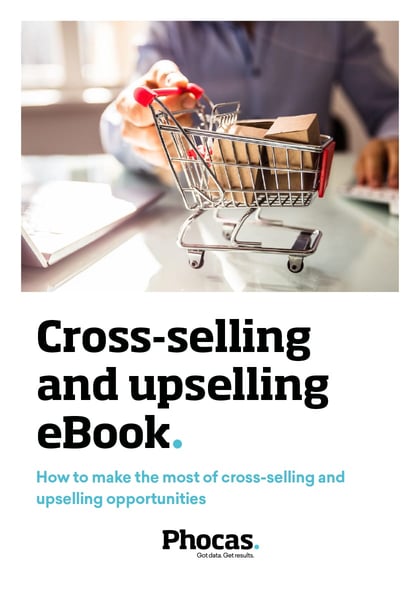Make the most of your cross-selling and upselling opportunities
Get your copyCross-selling and upselling allows you to generate additional sales revenue by incentivizing existing customers to purchase more of what they need. Cross-selling must be executed well, so you don't water down the value of your brand. When including these techniques in your sales strategy make sure you recommend products that are adding value to your customers and making their jobs easier. This philosophy of delighting will improve profit margins and increase sales across your product range.
It starts with understanding your customers’ buying habits. If you recommend confusing products to your customers, they may not understand your intention and get annoyed. Let’s say that you customer has already purchased the item you’re recommending. He or she might feel offended and annoyed that you don’t know what they’ve already purchased and that you are now recommending something completely different. By understanding what your customers are buying – and more importantly what they are not – you will be able to provide the right opportunities to your sales team so they can identify where there is potential profit through effective cross-selling and upselling. Cross-selling and upselling are techniques that can have a positive impact on your bottom line. Unfortunately, people often confuse the two and fail to capitalize on opportunities.
Cross-selling is when your sales team makes additional solutions available to the customer, while upselling is converting an initial offer into a more profitable order by the way of additional units, or a premium version. Both techniques are effective ways of increasing revenue within your existing customer base.
The benefits of cross-selling and upselling
The benefits of cross-selling and upselling to your business are plentiful. They can include increasing the average transactional value, thus increasing average invoice value; introducing new products, increasing the range of products sold and increasing revenue per customer. Other benefits include:
- Low cost - You might assume that to increase sales revenue, you must increase your customer base, but that’s not the case. A cross-selling strategy focuses on increasing sales to existing customers, saving you the time and money involved with new customer acquisition. According to Forbes, “it’s a lot less expensive to keep current customers than to acquire new ones.”
- Better customer retention – Customers stay with you when they are happy. When they see value in what you offer them it builds trust and loyalty. Getting the most value out of a transaction with an existing customer not only makes you more money at the time of transaction, it also saves you money by maximizing an existing customer relationship.
- Immediate sales – A cross-sell opportunity is identified during a transaction, and if successful, becomes part of that transaction. In other words, it’s an immediate increase in revenue during a single sales cycle.
Despite the clear benefits, not many businesses make cross-selling a routine practice. As a rule, a cross-sell offer should tie in with relevant products and services, offer real value, and is simple and direct.
To learn more about the steps to successful cross-selling and upselling, as well as how to identify bulk discount opportunities, fill in the form to continue reading.
Unlock your free eBook
Understand the past, operate better today, and plan well for the future

